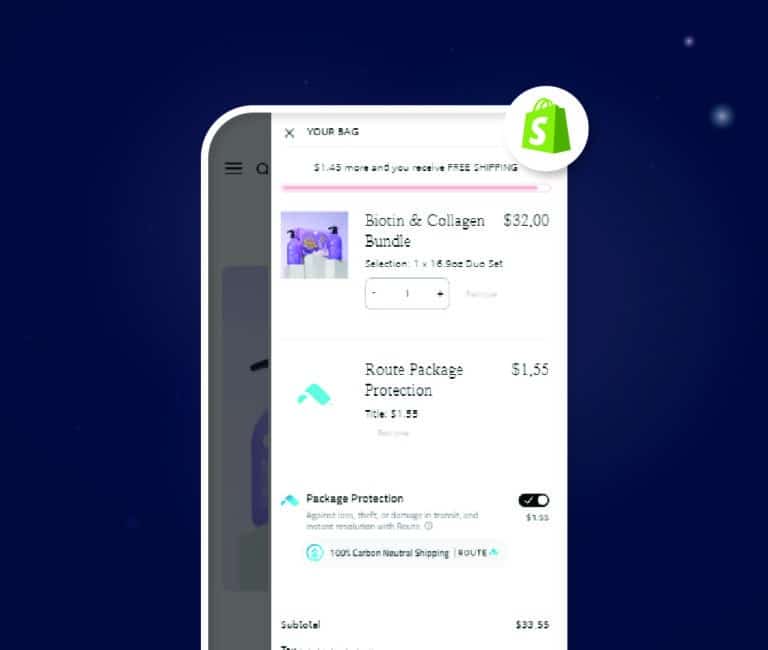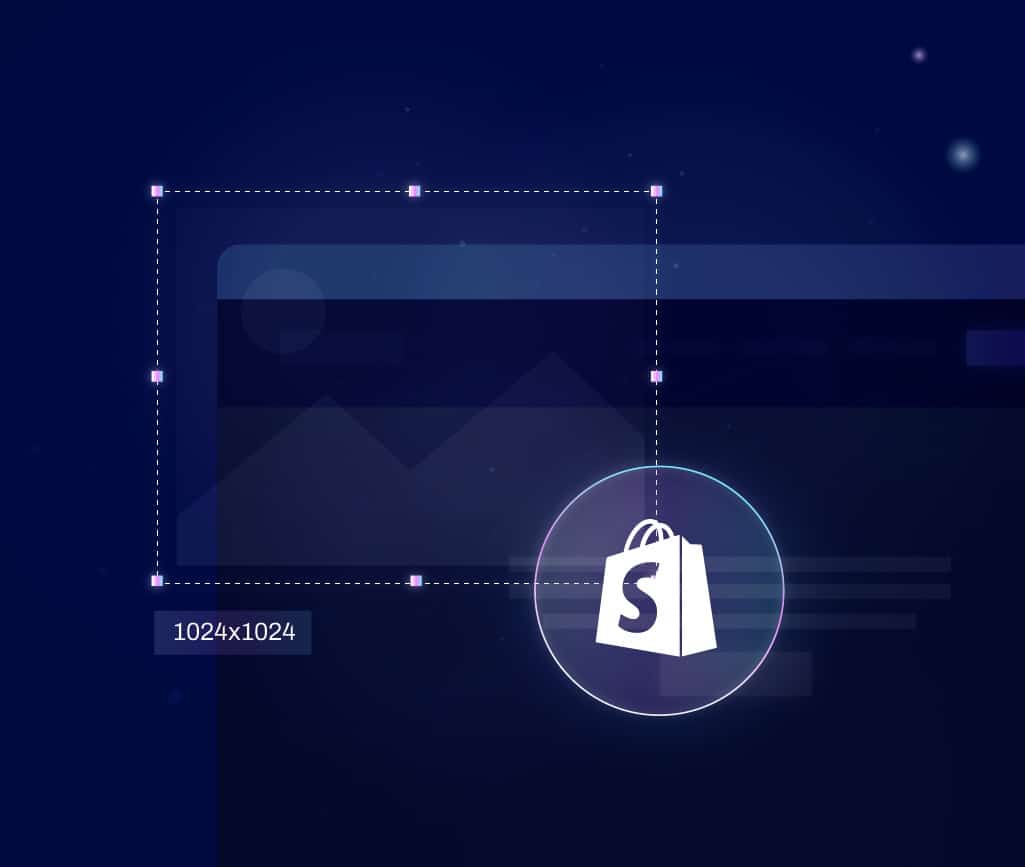Ecommerce
6 minute read
Why Shopify Online Store 2.0 is a Must for Every Ecommerce Brand in 2023.
LAST UPDATED:
August 15, 2023


Shopify has come out with their finest offering yet in terms of online store capabilities: the Shopify Online Store 2.0. It includes optimized designs, powerful customization tools, reliable online payments, and advanced analytics to help businesses grow faster than ever before. Discover everything that the new update can do to give your business a boost!

Chapter 1
What is Online Store 2.0?
Shopify Online Store 2.0 is the latest version of Shopify’s e-commerce platform, which aims to provide a more customizable and flexible online store experience. This version includes several new features and improvements that allow merchants to create a more unique and personalized online store that better reflects their brand.
One of the most significant changes in Shopify Online Store 2.0 is the introduction of a new theme architecture called Online Store Design. This new architecture allows merchants to have more control over the design and layout of their online store. With Online Store Design, merchants can create custom templates, sections, and blocks that can be used across their store, making it easier to achieve a consistent look and feel.
“It overhauled the theme architecture to provide increased functionality for developers and enhanced flexible store content for content managers. It ultimately means more versatility with less dependence on a development team for store content management.”
Christi Carnahan, Shopify Operations Manager, Huemor
Another new feature in Shopify Online Store 2.0 is the addition of metafields. Metafields are custom fields that can be added to products, orders, and other objects in Shopify. This feature allows merchants to add additional data to their products, such as size charts or care instructions, making it easier for customers to make informed purchases.
Shopify Online Store 2.0 also includes improvements to its performance and speed. This version includes a new rendering engine that allows pages to load faster, which can improve the overall user experience for customers.
For developers, Shopify Online Store 2.0 offers new APIs and tools that allow for more customization and integration with third-party apps and services. This new version also includes a new development environment called Shopify CLI, which allows developers to build and test Shopify apps more efficiently.

Chapter 2
Why Shopify Online Store 2.0 is Beneficial for Ecommerce Brands
Upgraded Theme Editor = More Efficiencies, Less Headaches
“The new theme editor is more intuitive and easier to navigate thanks to the new tree-view display. The ability to hide or display sections with one click and drag and drop functionality to restructure the overall layout provide content managers with the ability to quickly provide a fresh view for users.”
Christi Carnahan, Shopify Operations Manager, Huemor
This incredible update promises a much more user-friendly experience, making it easier than ever to manage and create templates. With all available features packed conveniently in one place, you no longer have to waste time searching around when making updates or changes to your store. Enjoy a frictionless journey as you create and edit your site – make the most of Shopify’s boldest upgrade yet!
Shopify often changes its theme editor, but this new upgrade is the most significant. The new editor is user-friendly, with all features and functionalities in one central place, making site navigation and editing easier. This saves time when making changes or updates to your store.
Sections Everywhere = More Customization with Less Code
Sections Everywhere is a feature introduced by Shopify that allows businesses to easily customize their online stores by adding and moving sections on any page. This feature is available for all Shopify themes and allows businesses to create unique and customized pages for their online stores.
Sections Everywhere allows businesses to add sections to any page, including the homepage, product pages, and collection pages. These sections can be customized and moved around the page using a drag-and-drop interface. This makes it easy for businesses to create unique pages that are tailored to their specific needs.
One of the main benefits of Sections Everywhere is that it allows businesses to create customized pages without the need for coding. This means that businesses can create unique pages that are tailored to their specific needs without having to hire a developer. Additionally, the drag-and-drop interface makes it easy for businesses to make changes to their pages quickly and easily.
Another benefit of Sections Everywhere is that it allows businesses to create a consistent look and feel across their entire online store. By using the same sections on multiple pages, businesses can create a cohesive look that helps to reinforce their brand identity.
To use Sections Everywhere, businesses simply need to open the Shopify Theme Editor and select the page they want to customize. From there, they can add and customize sections using the drag-and-drop interface.
Metafields = Better Product Management
Metafields are a powerful tool for customizing your Shopify online store and providing a better shopping experience for your customers. By adding relevant metafields to your products, collections, orders, and pages, you can improve searchability, streamline fulfillment, and provide more detailed product information. With the Shopify Online Store 2.0 update, it’s easier than ever to use metafields in your store, so start exploring how they can benefit your business today.
“The biggest lift is the addition of a file picker within metafields to allow content managers to add product-specific media to pages where they previously required assistance from a developer to hard code the assets.”
Christi Carnahan, Shopify Operations Manager, Huemor
Improved Site Performance = Better User Experience
With Online Store 2.0, Shopify has optimized the code and improved the performance of its themes. This means that your store will load faster, providing a better user experience for your customers. Faster loading times also improve your store’s search engine optimization (SEO) and can increase your store’s visibility in search engine results pages.

Chapter 3
5 Ecommerce Trends in 2023
In the ever-evolving landscape that is ecommerce, having a platform and partner that can adapt is crucial for the success of ecom brands. Along with the aforementioned benefits of Online Store 2.0, updating and maintaining apps has also improved – meaning Shopify stores can continue to provide a totally personalized and immersive experience for their shoppers. Think: social commerce integrations, custom content, and upselling and cross selling to name a few. Here are some of the ecommerce trends to watch out for in 2023:
- Voice Commerce
- Social Commerce
- Personalization
- Augmented Reality
- Sustainability
Voice Commerce
With the increasing popularity of voice assistants like Amazon’s Alexa and Google Home, voice commerce is expected to grow rapidly. By 2023, it’s predicted that 55% of households will have a smart speaker, and voice commerce sales are expected to reach $40 billion. This growth will be driven by the convenience of voice shopping, especially for repeat purchases.
Social Commerce
Social media platforms like Facebook, Instagram, and Pinterest are becoming more integrated with ecommerce. In 2023, social commerce is expected to reach $600 billion, with more brands leveraging social media to sell their products. Social media platforms are also introducing new features like in-app checkout, making it easier for consumers to purchase products without leaving the app.
Personalization
Personalization has been a trend in ecommerce for a while, but in 2023, it will become even more important. With the abundance of data available, brands will be able to create more personalized experiences for their customers. This includes personalized product recommendations, targeted promotions, and customized content.
Augmented Reality
Augmented reality (AR) is becoming more prevalent in ecommerce, allowing consumers to visualize products in their own environment before making a purchase. By 2023, it’s predicted that 100 million consumers will shop using AR technology. This technology will also help reduce returns, as consumers will have a better idea of what they’re purchasing.
Sustainability
Consumers are becoming more conscious of their environmental impact, and this will continue to influence ecommerce in 2023. Brands that prioritize sustainability will have a competitive advantage, as consumers are willing to pay more for eco-friendly products. This includes using sustainable materials, reducing waste, and implementing green practices in their supply chain.
In conclusion, ecommerce is evolving rapidly, and brands that stay ahead of the trends will have a competitive advantage. By leveraging new technologies like Shopify Online Store 2.0, and prioritizing personalization and sustainability, brands can create a more engaging and meaningful shopping experience for their customers, which will lead to growth in 2023.
Never miss a chance to increase your conversion rate! Subscribe to our weekly newsletter and get insights straight to your inbox.
Get Memorable Insights.
Sign up to receive actionable web design advice directly in your inbox monthly.
Get Memorable Insights.
Sign up to receive actionable web design advice directly in your inbox monthly.
Author
Jeff Gapinski is the President of Huemor where he helps plan the long-term strategic growth of the agency. Jeff is passionate about UI/UX, demand generation, and digital strategy.
What Do You Think?
Have feedback? Maybe some questions? Whatever it is, we'd love to hear from you.







1 Comment
added this to digg